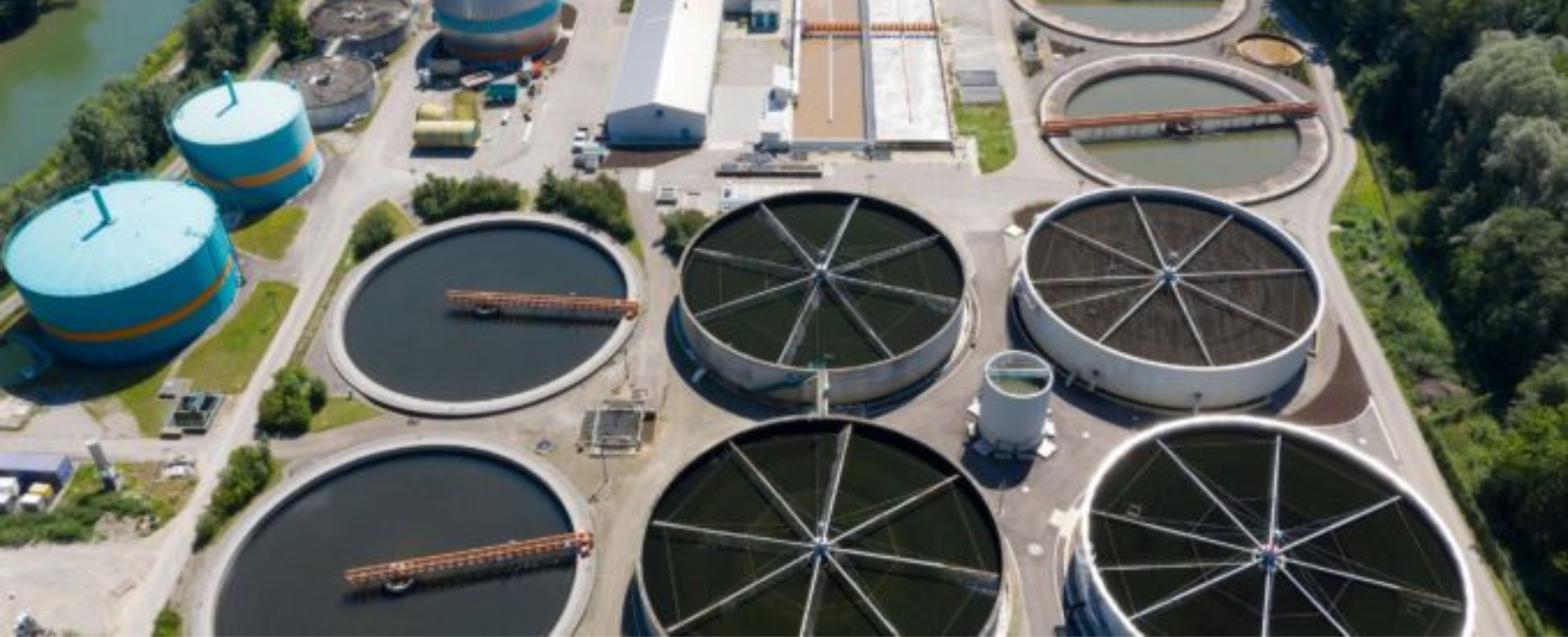Frequently Asked Question
An ASME vessel is a type of pressure vessel that is designed and constructed in accordance with the guidelines set forth by the American Society of Mechanical Engineers (ASME). These vessels are used to store and transport pressurized gases and liquids in a variety of industries, including power generation, chemical processing, and oil and gas production.
An ASME vessel typically consists of a cylindrical or spherical shell, a dished head or end cap, and a series of nozzles, flanges, and other attachments used to connect the vessel to other components in a system.
ASME vessels must be designed and constructed in accordance with the guidelines set forth in the ASME Boiler and Pressure Vessel Code (BPVC). This code specifies the minimum requirements for the design, materials, fabrication, inspection, and testing of pressure vessels.
ASME vessels are highly reliable and safe, and are designed to withstand the high pressures and temperatures associated with many industrial applications. They are also highly customizable, and can be designed and built to meet the specific needs of a particular application.
ASME vessels are designed to be safe and reliable, but it is important to follow proper procedures for handling and maintaining them. This includes regular inspections and maintenance, as well as providing proper safety equipment and training for workers.
ASME vessels must comply with a variety of regulations and standards, such as the ASME Boiler and Pressure Vessel Code, to ensure that they are designed, constructed, and maintained safely. It's important to ensure that the vessels are designed, constructed, and maintained in compliance with these regulations.
There are several ways to improve the efficiency of ASME vessels, such as regular maintenance, monitoring the vessel for signs of wear and damage, and keeping the vessel clean and free of debris. It's also important to ensure that the vessel is properly configured for the specific application and to ensure that it's being used in the most efficient manner.
An ASME vessel is a pressure vessel that is designed and constructed in accordance with the guidelines set forth by the American Society of Mechanical Engineers, while a non-ASME vessel is not constructed to these guidelines. ASME vessels are generally considered to be higher quality and more reliable, but non-ASME vessels may be more cost-effective for certain applications.

68.webp?v=1639548670)
68.webp?v=1639548670)